The chip is at the core of the entire NB-IoT industry chain. At present, almost all mainstream chip manufacturers have put forward a clear NB-IoT strategic plan. In June 2017, the Ministry of Industry and Information Technology issued a comprehensive promotion of the Internet of Things (NB-IoT). The Notice of Development states that by 2020, the market size of China's NB-IoT chip is expected to reach 5 billion yuan.
On the evening of January 22, 2018, Nordic released its first B-IoT/LTE-M dual-mode chip and module nRF91, becoming the fourth commercial version of the chip company after Qualcomm, Altair and Sequans.
Nordic's nRF91 series is a LTE-M / NB-IoT dual-mode chip supporting 3GPP R13, integrating the Arm Cortex-M33 main processor, Arm TrustZone security technology and GPS-assisted positioning.
In addition to Nordic, what other NB-IoT chip manufacturers? Where are the tens of millions of IoT chips used? How much do you know about the nature of IoT technology?
What is NB-IoT?There are many wireless communication technologies in the Internet of Things, which are mainly divided into two categories: one is Zigbee, WiFi, Bluetooth, Z-wave and other short-range communication technologies; the other is LPWAN (low-power Wide-Area Network). ), that is, wide area network communication technology.
LPWA can be divided into two categories: LoRa, SigFox, etc., which work on unlicensed spectrum; and 2/3/4G cellular communication technologies, such as EC-GSM, which are supported by 3GPP and operate under licensed spectrum. LTE Cat-m, NB-IoT, etc.
NB-IoT, do you think it is Niubility Internet of Thing? No, no, NB-IoT refers to the Narrow Band - Internet of Things technology. Focusing on the low-power wide coverage (LPWA) Internet of Things (IoT) market, NB-IOT is an emerging technology that can be used globally. The NB-IOT uses the license band and can adopt three deployment modes: in-band, guard band, or independent carrier to coexist with the existing network.
NB-IoT can be widely used in many fields such as public facilities, sharing economy, white goods, logistics tracking, smart agriculture, health monitoring, etc. This technical standard has been warmly welcomed by various industries. Huawei has carried out a large number of proof-of-concept, business incubation and ecological training with operators and industry partners around the world.
At present, more than 100 partners have been incubated, and millions of mass applications, such as remote meter reading, shared bicycles and white goods, have been tested in the laboratory and started to enter the commercialization stage. The commercial landing of a million-level application project will quickly ripen the entire industry chain.
NB-IoT ecological chain
The technical advantage of NB-IoT is wide coverage and low power consumption, and the key to achieving these two goals lies in the chip. It is the core technical difficulty of the entire industry chain. It requires chip manufacturers to have deep technical accumulation and huge resources. Once the chip reaches mature commercial conditions, it can be shipped in batches and plays a huge role in promoting application innovation downstream of the entire industry.
8 chip manufacturers1. Hisilicon Semiconductor
The Boudica 120/Boudica 150 chip is the flagship product of Huawei's IoT chip. The Boudica 120 chip is manufactured by TSMC, an ultra-low-power SoC chip based on the ARM Cortex-M0 core and equipped with the Huawei LiteOS embedded IoT operating system.
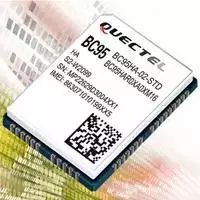
Figure: Quectel UC95 module based on Boudica 120
2, Qualcomm
MDM9206 is a multi-mode chip for LTE Internet of Things. It integrates eMTC/NB-IoT/E-GPRS technology and is the first multi-mode chip. The chip supports all frequency bands of Cat-M1 and Cat-NB1 LTE worldwide, integrating GPS, GNOSS, Beidou and Galileo global navigation satellite positioning services. It can realize low-cost, low-power, low-bandwidth, wide-coverage IoT products and services.
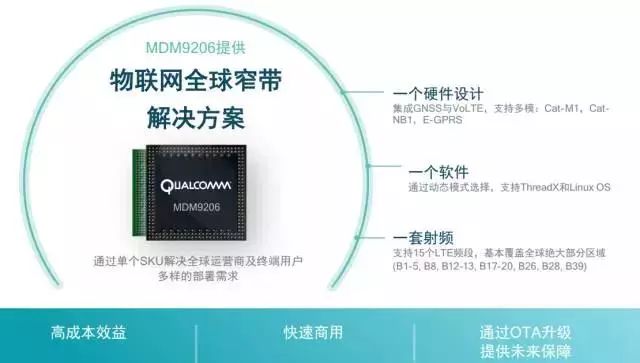
3. MediaTek (MTK)
The MT2625 was released at the end of June 2017. It is a system single chip supporting NB-IoT R14 and supports 450MHz-2.1GHz full-band operation.
In November 2017, MediaTek released the NB-IoT dual-mode chip MT2621, which uses a 32-bit ARMv7 MCU architecture with only a single CPU core, a frequency range of 260MHz, integrated 4MB SIPRAM embedded flash and 160KB PSRAM for continuous computing resources or memory. The microcontroller is applied and has its own power control unit.
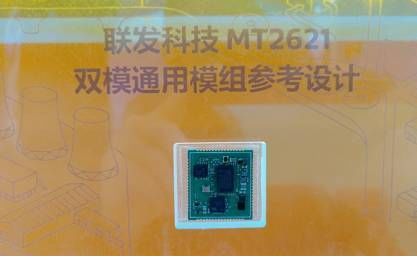
4. ZTE Microelectronics
In March 2017, ZTE Microelectronics officially released the NB-IoT commercial chip Wisefone7100. The RoseFinch7100 features four features: extremely low power design, energy efficient protocol processor, open application processor and global security. In terms of power consumption, the RoseFinch7100 has achieved a sleep power consumption of 2μA, making it the world's lowest power chip.
5, Altair
Altair is a chip design (IC) company that manufactures 4G technology terminal baseband processors and designs 4G terminal chip RF transceivers for FDD and TDD bands. The ALT1250 integrates three communication technologies: Cat-M, Cat-NB1 and GPS. Ninety percent of the components in the cellular IoT module, such as RF, baseband, front-end components, power amplifiers, filters, and switches, are integrated into the ALT1250 chip.

6, Si Quan (Sequans)
Sequans' Monarch SX highly integrated single-chip LTE-M (Cat M1) and NB-IoT (Cat NB1) system-on-a-chip (SoC), mass production in July 2017, with embedded processor and highly optimized LTE -M and NB-IoT platform Sequans Monarch.
7. RADI (RDA)
The RDA8909 integrates a radio frequency transceiver, power manager, modem, analog baseband, flash memory, pSRAM memory, etc., as well as a built-in ESIM version, which greatly reduces the difficulty and cost of the customer's terminal design. In addition, RADICO's second chip will be released in RDA8910 (eMTC/Nb-IoT/GPRS) 2018 Q2.
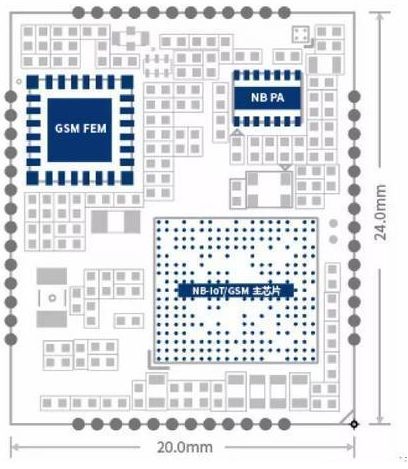
8, transfer communication
The EC616 has been streamed and is expected to be mass-produced in April 2018.
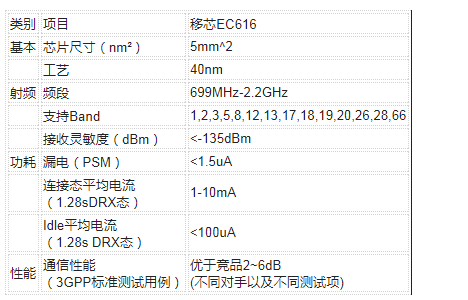
Where are the NB-IoT chips shipped in millions of orders? At the 2017 Global Internet of Things Conference, Jiang Wangcheng did not reveal the popular terminals. “In terminal applications, the shipments of terminal equipment in vertical industries such as shared bicycles, dairy monitoring, smart meter reading, and white goods will exceed 100,000 or even millions.â€
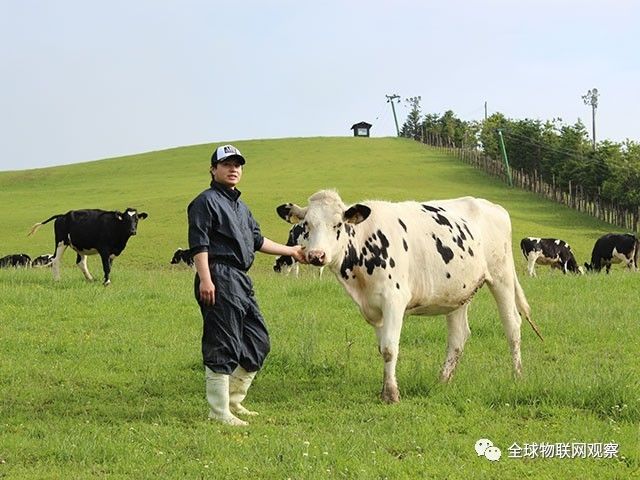
According to our gossip, the cows are expected to land about 300,000 pieces this year, and the urgency of home appliances to NB is weak. Therefore, it can be judged that the shipment of millions of orders should be in the shared bicycle and smart meter reading. Sharing bicycles will not be introduced, focusing on orders for smart meter reading.
Shenzhen is the home base of Huawei. Therefore, Huawei's strategy is to first polish the technology in the “native†and promote it after the technology matures.
In May 2016, Shenzhen Telecom, Shenzhen Water and Huawei signed the “Smart Water Strategic Cooperation Framework Agreementâ€, and the three parties launched the NB-IoT water meter pilot to jointly explore smart water construction.
On March 30, 2017, China Telecom, Shenzhen Water and Huawei jointly released the “NB-IoT Smart Water Meter White Paperâ€, which elaborated on the three parties in NB-IoT from the aspects of solid foundation capability, promotion of key projects, and establishment of industry demonstration benchmarks. Action plans and implementation plans in the field of smart water meters, and prospects for the development of smart water in the future.
In November 2016, Huawei Technologies Co., Ltd., Shenzhen Gas Group Co., Ltd., Shenzhen Telecom and Jinka Intelligent jointly signed the NB-IoT Smart Gas Cooperation Agreement in Shenzhen to jointly promote the smart gas application in NB-IoT.
On September 14, 2017, Sifang jointly released the NB-IoT Smart Gas Solution White Paper. This is the industry's first systematic description of the technical data of the NB-IoT smart gas industry. It is of great significance for telecom operators and gas companies to deploy NB-IoT smart gas solutions and promote smart gas business.
The publication of the white paper is of symbolic significance and is equivalent to China Telecom's NB-IoT commercial conference in Beijing. Give the world a transcript, tell the world, this thing can be done, you can do it with confidence. Sure enough, responders came one after another.
Smart water meter
On June 19, 2017, China NB-IoT Industrial Ecology Conference was held in Fuzhou. It is understood that Fuzhou City Water Supply Co., Ltd. will purchase 300,000 NB-IoT smart water meters in batches. By the end of 2018, more than 900 residential units in Fuzhou City will be replaced. This is also the world's largest NB-IoT commercial project.
On September 18, 2017, Huawei's “2017 Operation Transformation Summit†was held. At the meeting, Huawei Managing Director Ding Wei said that Huawei meets the technical requirements of Shenzhen Water Smart Water Meter. Shenzhen is expected to deploy another 100,000 NB-IoT smart water meter by the end of 2017. .
On October 12, 2017, Sanchuan Wisdom and Huawei jointly launched the “100,000 NB-IoT Smart Water Meter Commercial Online†ceremony in Yingtan.
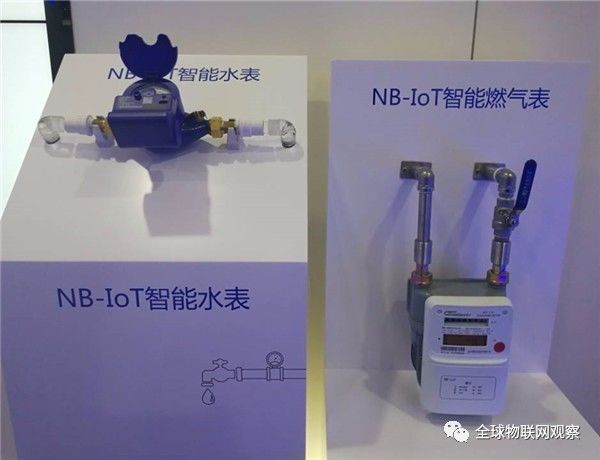
Smart gas meter
On March 27, 2017, Jinka Intelligent signed a cooperation framework agreement with Xinjiang Gas. According to this agreement, Xinjiang Gas will purchase no less than 500,000 smart gas meters from Jinka Intelligent within 5 years, and in the Xinjiang gas market. Promote the application of NB-IoT intelligent civil gas meters and industrial products.
This framework agreement determines the first order of the NB-IoT gas meter industry and is a milestone in the development of China's gas meter. Although the number of agreements is not very large (500,000 units are not small), the fire of the stars can be reduced. The agreement also indicates the gas company's recognition and demand for the NB-IoT IoT table.
On August 7, 2017, Guangzhou Gas Group announced plans to promote the use of NB-IoT smart gas meters in the city. This year, it will promote the installation of 200,000 units and achieve full coverage of more than 1.6 million users in 5 years.
On September 22, 2017, Tianjin Telecom teamed up with Tianjin Jinchan Public Utilities Co., Ltd. and Tianjin Yumin Gas Watch Co., Ltd. to sign the Tianjin IoT Strategic Cooperation Letter. The three parties jointly launched a smart gas meter based on NB-IoT, from this year. Tested in October, the plan will eventually replace the smart gas meter for nearly 4 million residents in the city.
On October 12, 2017, Anhui Telecom and Anhui Hongling Instrument Group jointly held the signing ceremony for the signing of NB-IoT smart gas meter. The two parties jointly signed the NB-IoT smart gas meter business cooperation agreement. According to the agreement, 500,000 smart gas meters will be signed during the agreement period.
Before the advent of revolutionary innovation applications, the most common NB-IoT connection is the meter reading business. There is no doubt that NB-IoT has the ability to pick up large orders.

The essence of the Internet of Things
Ding Xianfeng, chief scientist of Ali Yunzhi Network, pointed out in the speech of "Internet of Things: Set off a cognitive revolution" that the essence of Internet of Things technology is to use the connection and sensors to open up the physical world and the cloud world; the mission of the Internet of Things is to generate language and mine Knowledge; in the next 20 years, we must give each object the ability to "AI."
The process of the Internet of Things to set off the cognitive revolution lies in the fact that the Internet of Things abstracts the physical world into the model world to understand the deeper physical world. By 2030, China will design and manufacture 80 to 90% of the world's IoT devices and 50% of cloud computing.
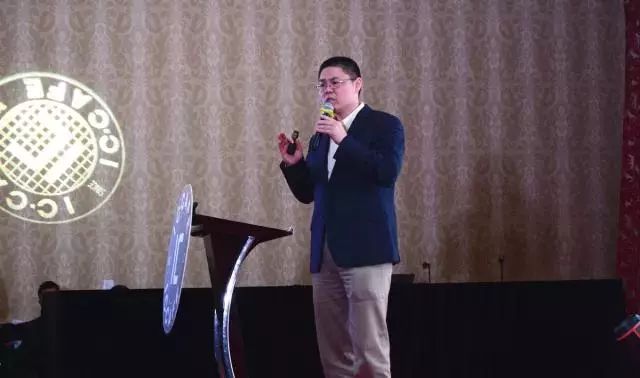
Photo: Ding Xianfeng, chief scientist of Ali Yunzhi Network
Conclusion: The data shows that as of November 2017, 25 NB-IoT networks, including China, Korea and Europe, were commercially available, with the Chinese market accounting for 90%. At present, NB-IoT applications are mainly focused on smart cities. It is expected that NB-IoT will have a million-level application in 2018, and the sales volume of NB-IoT chips will exceed 10 million or even 100 million.
C&Q Technology (Guangzhou) Co.,Ltd. , https://www.gzcqteq.com
